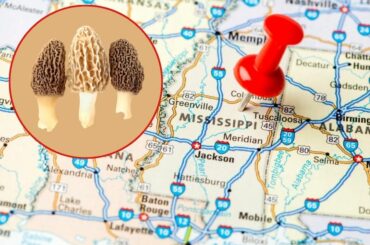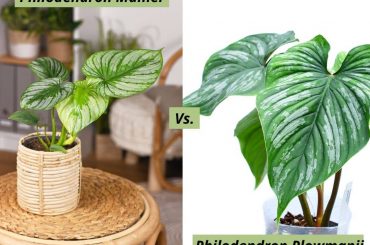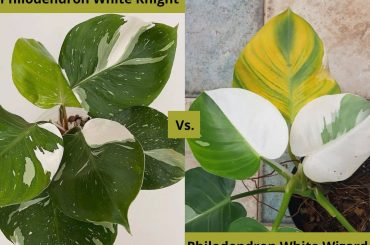Elephant ears are perennial plants, but they are also tropical, which means that they require a warm climate to survive. If you reside in a region that gets cold in the winter, you’ll need to take some extra steps to protect your plants. This article will discuss how to winterize elephant ears so that they can survive the cold weather.
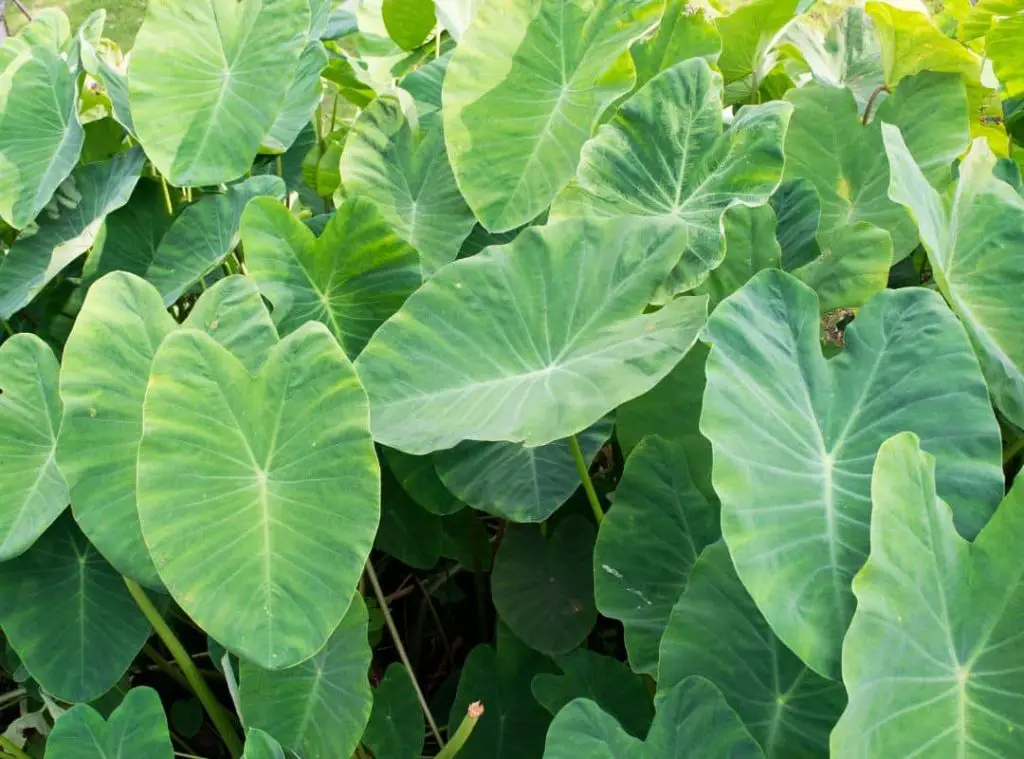
Can Elephant Ear Plant Survive Winter?
Contents
- 1 Can Elephant Ear Plant Survive Winter?
- 2 How Cold Can Elephant Ears Tolerate?
- 3 Can You Leave Elephant Ears In The Ground Over Winter?
- 4 What Happens If You Don’t Winterize Elephant Ears?
- 5 Do Elephant Ears Come Back Every Year?
- 6 Do Elephant Ear Plants Go Dormant Indoors?
- 7 How To Winterize Elephant Ears?
- 8 Should I Cut Back My Elephant Ears For Winter?
- 9 What Do You Do With Potted Elephant Ears In The Winter?
- 10 Do You Cut Back Elephant Ears In The Fall?
- 11 Can I Bring Elephant Ears Indoors For Winter?
- 12 Why Are The Leaves On My Elephant Ear Plant Turning Yellow?
- 13 Why Didn’t My Elephant Ears Come Back?
- 14 What Are The Best Conditions For Growing Elephant Ears?
- 15 When should I replant my elephant ears?
- 16 Conclusion
The Elephant Ears plant can not survive winter. Elephant Ears can only survive in zone 7 to 11. If you live in a region that gets colder than that, you’ll need to take some extra steps to protect your plants. You can find your elephant plant hardiness zone by checking out USDA Hardiness Zone Map.
How Cold Can Elephant Ears Tolerate?
The minimum temperature that elephant ears can tolerate is 50 degrees Fahrenheit. This is the maximum range of Zone 11. If you want to keep this plant alive below this temperature, you have to take extra measures.
Can You Leave Elephant Ears In The Ground Over Winter?
If you live in an area where the ground doesn’t freeze, you can leave your elephant ears in the ground over winter. However, if the ground does freeze where you live, you’ll need to dig up your plants and pot them indoors. In Zone 7 to 11, the ground doesn’t usually freeze, so you can leave your elephant ears in the ground (with extra care).
What Happens If You Don’t Winterize Elephant Ears?
The plant will die if you don’t winterize elephant ears and the temperature drops below 50 degrees Fahrenheit. However, the plant can grow back if the temperature rises again.
Do Elephant Ears Come Back Every Year?
Elephant ears are perennial plants, meaning they come back every year. However, the plant will die if the temperature drops below 50 degrees Fahrenheit. The plant can grow back if the temperature rises again.
Do Elephant Ear Plants Go Dormant Indoors?
Dormancy is a natural period of inactivity in many plants, characterized by loss of leaves, minimal metabolism, and decreased photosynthesis. For elephant ear plants (Colocasia spp.), dormancy typically occurs during winter. However, if you grow your elephant ear plant indoors, it may go dormant at other times of the year. Some signs that your plant is dormant include browning and falling leaves and minimal new growth.
If you notice the above signs, it’s best to stop watering your plant and allow it to rest. In spring, you should see new shoots appear, signaling the end of dormancy and the beginning of a new growing season.
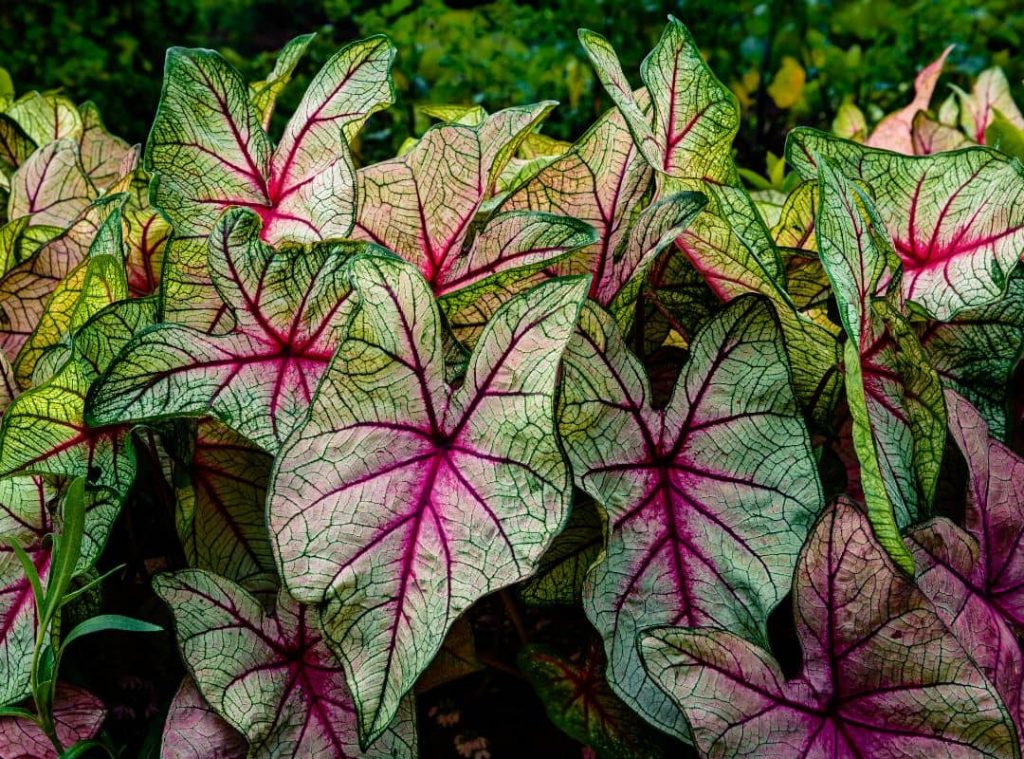
How To Winterize Elephant Ears?
The method of winterizing elephant ears plants differs from the zone in which you live. Those who live in areas where the ground freezes must dig up the plant and pot it indoors. If you reside in a mild climate, you can protect your plants by covering them with a frost blanket or mulch.
How To Winterize Elephant Ears In Pots
If you’re growing elephant ears in pots, the best way to protect them is to move them indoors. You should also stop watering your plants a few weeks before you plan to move them inside. This will prevent the roots from rotting. Once you’ve moved your plants indoors, place them in a warm, sunny spot. Only water your plants when the soil seems dry to the touch.
How To Winterize Elephant Ears In The Ground
If you want to winterize elephant ears in the ground, you must live in an area where the ground doesn’t freeze. First, stop watering your plants a few weeks before the first frost. This will prevent the roots from rotting. Once the frost has passed, you can cover your plants with a frost blanket or mulch. This keeps them from the cold weather.
Frost Blankets
A frost blanket is a sheet of lightweight fabric that helps protect plants from frost damage. You can find frost blankets at most garden stores. To use a frost blanket, drape it over your plant and secure it with rocks or stakes. Make sure the frost blanket doesn’t touch the leaves of your plant, as this can cause damage.
Mulch
Mulch is a covering of material (such as wood chips or straw) that you apply around your plants to keep them warm in the winter. To use mulch, Spread a layer of mulch around your plant, being careful not to touch the leaves. You can find mulch at most garden stores.
Should I Cut Back My Elephant Ears For Winter?
Elephant ears are a tropical plant that is commonly grown as an annual in colder regions. If you live in an area where wind chills fall below freezing, you may need to prune the plant and preserve the tubers throughout the winter if you want to keep the plant year after year.
The process for overwintering elephant ears is the same as for dahlias. Dig up the tubers and cut the plant down to approximately 6 inches above the ground. Overwinter them in a cold, dark spot, then replant them in the spring. This is how you use this plant as an annual plant. This way, you can enjoy your plant year by year without starting from scratch each growing season.
What Do You Do With Potted Elephant Ears In The Winter?
You can bring potted elephant ears indoors for the winter. Place them in a sunny location and only water when the soil is dry to the touch. You may need to boost the humidity surrounding your plant by placing it on a tray of stones and water or by using a humidifier.
As potted plants grow, they will need to be repotted every few years. When repotting, use a pot that is somewhat larger than the old one.
Do You Cut Back Elephant Ears In The Fall?
No, you don’t need to cut back elephant ears in the fall. In fact, it’s best to leave the leaves on the plant until the first frost. This will keep the roots from freezing. After the frost has passed, remove the leaves and mulch around the plant to help protect it from the cold.
However, if you choose to preserve the tubers, you will need to cut back the plant and dig up the tubers just after the first frost. Store the tubers in a cool, dark place over winter, then replant them in spring.
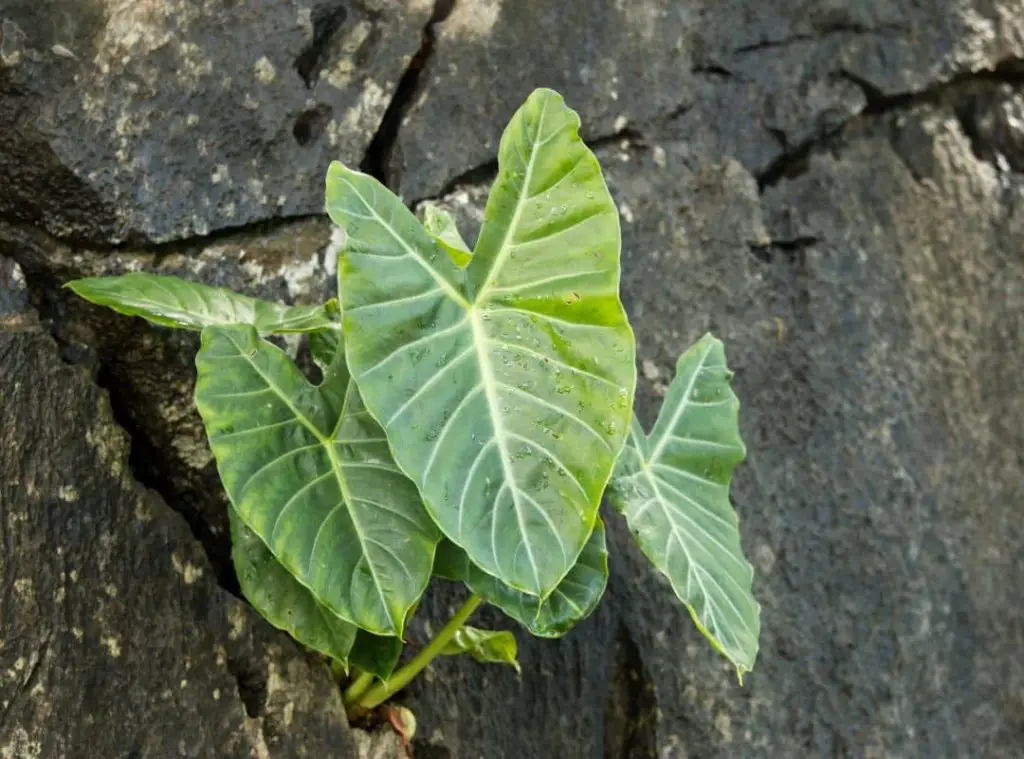
Can I Bring Elephant Ears Indoors For Winter?
Yes, you can bring elephant ears indoors for winter. Place them in a sunny location and only water when the soil is dry to the touch. You may need to boost the humidity surrounding your plant by placing it on a tray of stones and water or by using a humidifier.
Why Are The Leaves On My Elephant Ear Plant Turning Yellow?
There are a few reasons why the leaves on your elephant ear plant might be turning yellow.
Overwatering
Overwatering can make your plant’s leaves yellow and even cause the roots to decay. Make sure you’re only watering your plant when the soil is dry to the touch.
Watering not enough
The leaves will also turn yellow if you’re not watering your plant enough. Make sure you’re giving your plant enough water to keep the soil moist but not soggy.
Fertilizer burn
The leaves may turn yellow if you’ve applied too much fertilizer to your plant. Follow the directions on the fertilizer container and apply only the required amount.
Under-fertilizing
If you’re not fertilizing your plant regularly, it may not be getting the nutrients it needs to thrive. Be sure to fertilize your plant every few weeks during the growing season.
Pests or diseases
If you see yellow leaves on your elephant ear plant, it could be a sign of pests or diseases. Scrutinize your plant and remove any pests you see. If you suspect your plant has a disease, consult a plant specialist for treatment options.
Stress
Plants can also turn yellow from stress. Too much or too little water, harsh temperatures, or even transferring the plant to a different area can all create stress. If you notice yellow leaves on your plant, try to determine the source of the stress and take corrective action.
Root damage
If your plant’s roots are damaged, the leaves may turn yellow. This can be caused by overwatering, too much or too little fertilizer, or even physical damage to the roots. If you suspect your plant has root damage, gently remove it from its pot and inspect the roots. You can try to repair the roots if they are damaged or start with a new plant.
Why Didn’t My Elephant Ears Come Back?
If you have properly removed the tubers and preserved them as described above, your elephant ears should come back in the spring. However, there are a few things that could prevent them from coming back:
You did not properly remove the tubers.
If you damaged the tubers during removal, they might not be able to sprout new plants. Be sure to handle them carefully and remove them from the plant as soon as possible after the first frost.
The tubers were not properly preserved.
If you did not store the tubers in a cool, dark place, they might not be viable. Keep the tubers in a cold, dark spot, such as the basement or garage.
You did not replant the tubers soon enough.
If you did not replant the tubers soon enough after storage, they might not be able to sprout new plants. Be sure to replant your elephant ears as soon as possible in the spring.
Pests ate the tubers.
If the tubers were eaten by pests such as rodents or insects, they would not be able to sprout new plants. Be sure to store them in a place where pests cannot get to them.
You forgot where you planted them.
They may be lost forever if you can’t remember where you planted the tubers. Be sure to mark the spot where you plant them so you can find them in the spring. If you followed all the instructions and your elephant ears still don’t come back, don’t worry! You can always buy new plants or start from seed.
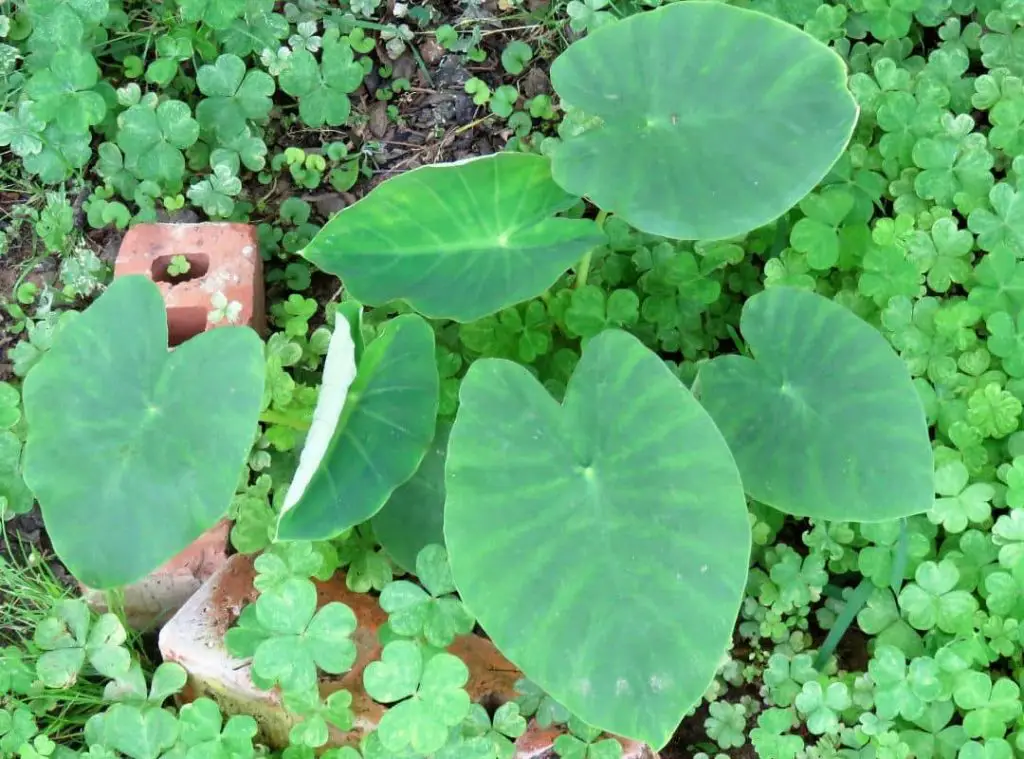
What Are The Best Conditions For Growing Elephant Ears?
Elephant ears thrive in warm, humid conditions. These plants prefer full sun but can tolerate partial shade, and the soil should be rich, well-drained, and moist. The preferred temperature is 75-85 degrees F, and the preferred pH is 5.5-7.0. Adding fertilizer is not necessary but may help the plant to grow faster.
When should I replant my elephant ears?
You can replant your elephant ears in the spring as soon as the danger of frost has passed. Do not replant them too early, or the roots may rot.
Conclusion
Elephant ears are a beautiful, easy-to-grow plant that can add a tropical touch to your garden. Since they are tropical plants, they need to be winterized in order to survive the cold weather. So I included some important points on “How To Winterize Elephant Ears” in this article. Winterizing elephant ears is a simple process that involves removing the tubers from the ground, storing them in a cool, dark place, and replanting them in the spring. With a little bit of care, your elephant ears will come back year after year. Thanks for reading!
Read Next : Do Elephant Ears Bloom? And When?

